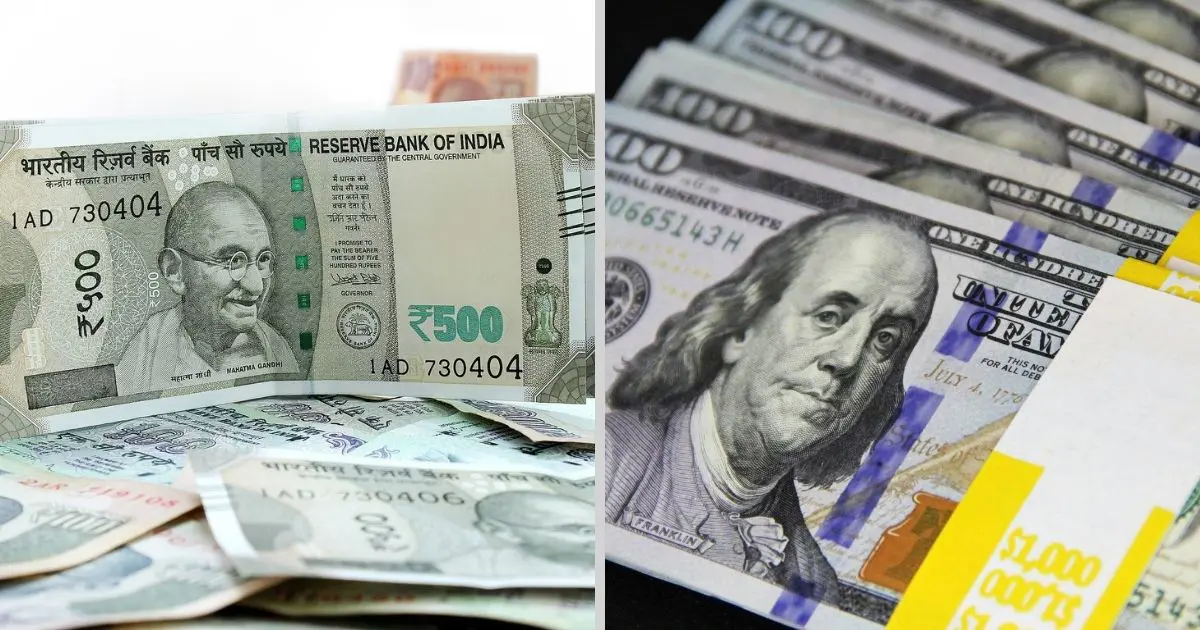The elusive rupee peg!
26 Oct 2024

The rupee sleeps while the dollar leaps or that is what is happening when the Indian currency is pegged to a variety of moving factors like the inflation rate, interest rate and exchange rates in general.
The dollar, on the other hand, floats around freely gathering mass while the rupee continues on its diet.
Now it seems the earlier dollar peg would have been better as the rupee value would have moved with the value of the dollar.
The ideal policy prescription, however, is a freely floating exchange rate that would offset the large swings in terms-of-trade due to the rise of the dollar. And many emerging currencies are doing that.
But, for the rupee, that won’t help either, for it continues to fall against most other currencies as well.
The dollar, on the other hand, is gaining against all currencies, including the British Pound, the Euro and the Japanese Yen.
Not even the rising price of gold could stop the dollar’s march. From levels around $1,500 per troy ounce five years ago, gold prices are now reaching the $2,800 per troy ounce level. With a gold peg dollar would have lost nearly half of its value. But the dollar index only increased from 101.46 at the end of 2019 to 104.04 as of 23 October 2024.
In fact, the dollar index had slipped to lows of around 101 from levels as high as 106, as investors expected a major rate cut by the US Federal Reserve.
While most other Asian currencies then gained over the dollar, the rupee failed to capitalise.
Market analysts see this as a result of the Reserve Bank of India's focus on amassing dollar reserves through open market purchases.
Rupee has another major worry, the stock market, where any outflow of equity will drive down rupee value as the country looses billions of dollars in foreign exchange with each outflow. The country counts on borrowed dollar rather than earned one as its exports are not competitive enough.
What exactly determines the rupee value is still a mystery, although forex traders attribute several reasons, including the war in the Middle East, for the rupee’s fall.
To the common man, however, none of these reasons hold good, given the performance of the rupee in terms of purchasing power vis-a-vis the dollar.
Consider the following comparison, which may be a random one, but is truly reflective of the average living costs in either countries in terms of essential goods and services.
| Commodities | India | USA |
| Apple | Rs117 to 240 per kg | $5.25 per kg (Rs444.25) |
| Cow milk | Rs 50 per litre | $1.52 a litre (Rs127) |
| Chicken | Rs 280 per kg | $2.69 to 5 a kg (Rs226 -420) |
| Orange | 39 to 54 per kg | $1.9 o 2.9 per kg (Rs159.6 - 244) |
| Potatoes | Rs40 per kg | $2.98 a kg (Rs250.73) |
| Soyoil | Rs110 to Rs135 per litre | $14 to 31.78 per litre (Rs1,177 – $2,673.88) |
| Wheat | Rs26 per kg | $0.50 a kg (Rs42.07) |
| Manufactured products | India | USA |
| Steel | Rs65,550 per mt | $707 per mt (Rs59,485.11) |
| Cotton Fabrics | Rs76 per metre | $1.5 per sq metre (Rs126/ sq metre) |
| Car | Rs10 lakh | $17,620 (Rs1482500.11) |
| Bicycle | Rs6,000 to Rs12,000 | $400 (Rs33,654.94) |
| Motorcycle | Rs1 lakh to Rs1.5 lakh | $7,000 to $10,000 (Rs588961.45 - Rs841373.50) |
| House | Rs30 – 60 lakhs | $360000 (Rs30,289,446) |
| Medical care | Rs1,713 per capita | $13,500 (Rs1135084) |
The rupee has a better purchasing power compared to the dollar in the case of most products and services. Then what exactly drives down the rupee?
Yet, in real world trade the Indian rupee fails to gain even when the US dollar weakens, at least for a brief period, despite supporting factors like declining crude oil prices and strong inflow of foreign funds into the Indian stock market.




.webp)





.webp)













